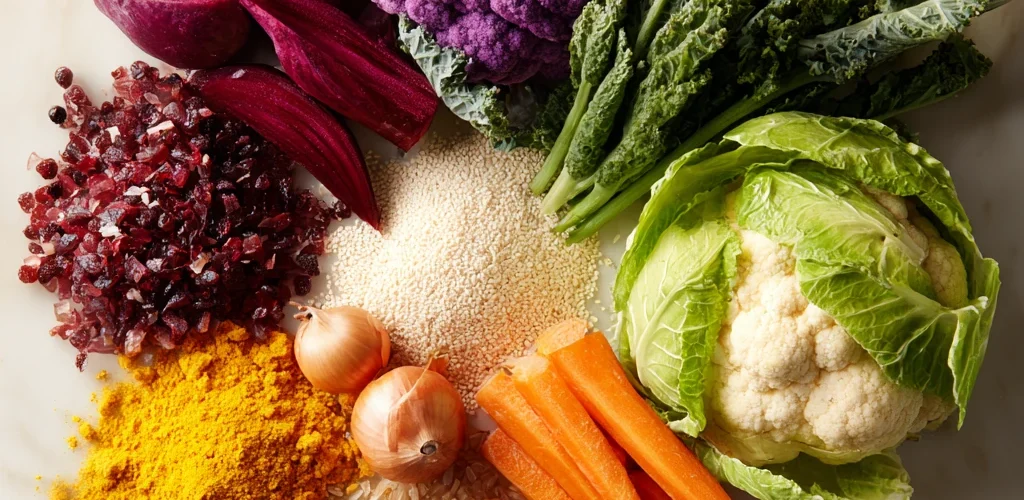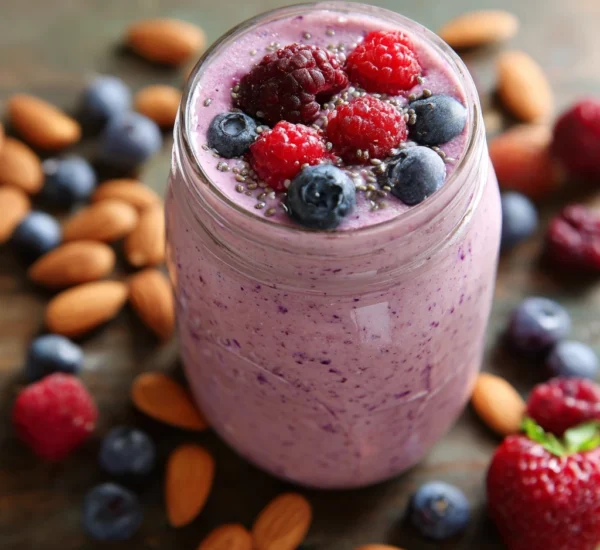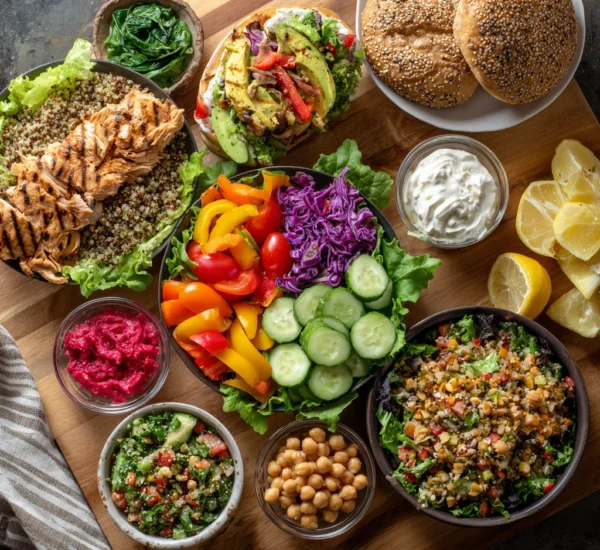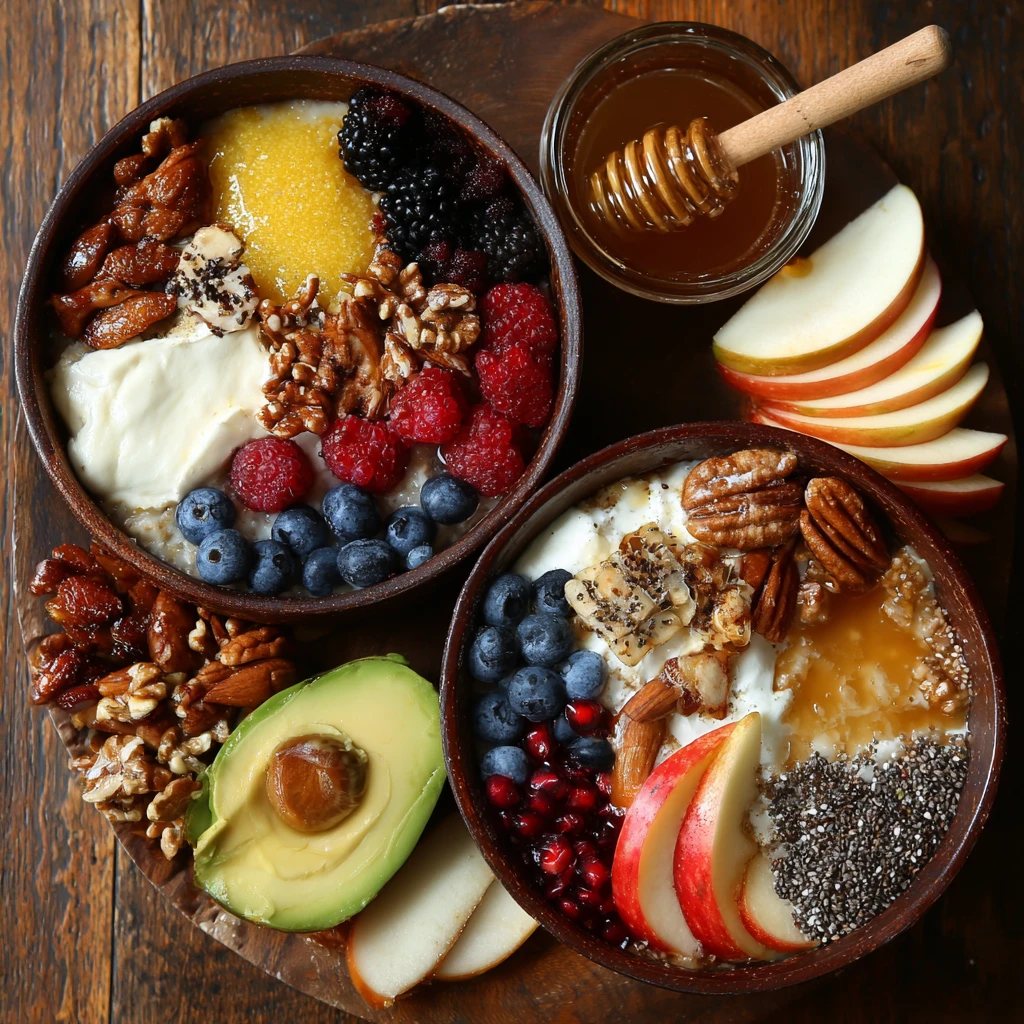Clever Ways to Add More Veggies to Your Meals: A Comprehensive Guide
Are you struggling to incorporate enough vegetables into your daily diet? You’re not alone! Many people find it challenging to meet the recommended daily intake. Luckily, there are plenty of sneaky and delicious ways to boost your veggie consumption without sacrificing flavor. This guide will provide you with practical and innovative strategies to seamlessly integrate more vegetables into your meals.
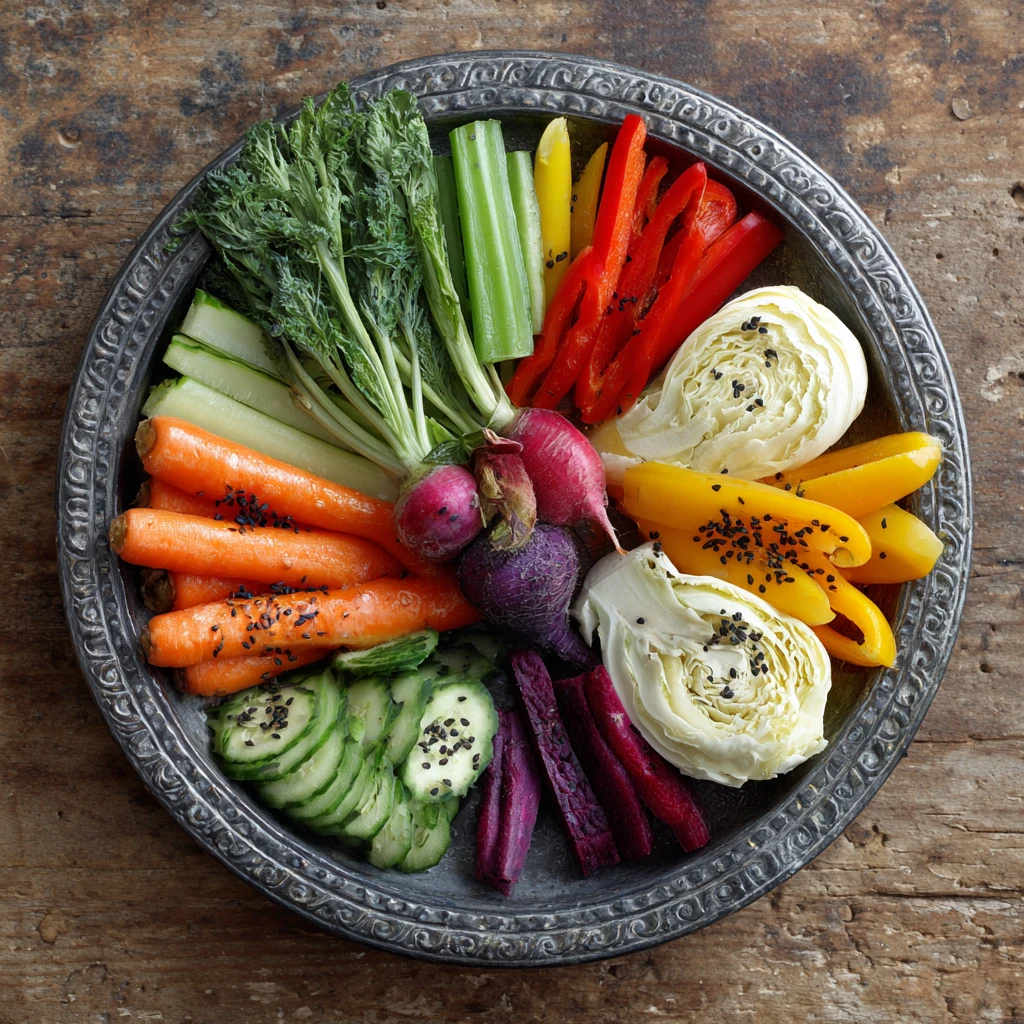
The Sneaky Veggie Advantage: Why It Matters
Adding more vegetables to your diet isn’t just about following health guidelines; it’s about reaping a multitude of benefits. Vegetables are packed with essential vitamins, minerals, antioxidants, and fiber, all crucial for maintaining optimal health.
Health Benefits of a Veggie-Rich Diet
A diet rich in vegetables can significantly reduce your risk of chronic diseases like heart disease, type 2 diabetes, and certain cancers. The fiber content promotes healthy digestion, helps regulate blood sugar levels, and keeps you feeling full and satisfied, which can aid in weight management. Moreover, the vitamins and minerals in vegetables support a strong immune system and contribute to overall well-being.
Overcoming Veggie Aversion: It's Easier Than You Think
Many people claim to dislike vegetables, often due to preconceived notions or negative past experiences. However, by using clever cooking techniques and incorporating veggies in creative ways, even the most reluctant eaters can learn to enjoy them. The key is to start small, experiment with different flavors and textures, and disguise them in familiar favorites.
Clever Culinary Techniques: Integrating Veggies Seamlessly
The art of adding vegetables to meals lies in subtlety and strategy. Here are some tried-and-true methods to boost your veggie intake without drastically altering your favorite recipes.
Purée Power: Soups, Sauces, and Smoothies
Puréed vegetables can be seamlessly incorporated into soups, sauces, and smoothies, adding nutrients and thickening the consistency without significantly changing the flavor profile. Think butternut squash in mac and cheese, cauliflower in alfredo sauce, or spinach in your morning smoothie.
- Soups: Add puréed carrots, celery, and onions to broth-based soups for added depth and nutrition.
- Sauces: Blend roasted red peppers, zucchini, or eggplant into tomato sauce for pasta or pizza.
- Smoothies: Spinach, kale, and cucumber blend effortlessly into smoothies, providing a boost of vitamins and minerals.
Grated Goodness: Adding Texture and Nutrients
Grated vegetables are a versatile addition to a wide range of dishes. They blend easily into ground meat mixtures, baked goods, and even dips, adding moisture and a subtle sweetness.
- Meatballs and Burgers: Add grated zucchini, carrots, or onions to ground meat mixtures for added moisture and nutrients.
- Baked Goods: Incorporate grated zucchini or carrots into muffins, breads, and cakes for a healthier and more moist treat.
- Dips: Add grated cucumber, carrots, or beets to yogurt-based dips for a refreshing and nutritious snack.
Hidden Veggies in Comfort Food Classics
Transform your favorite comfort foods into healthier versions by sneaking in some extra vegetables. This is a great way to introduce veggies to picky eaters or simply add more nutrients to your meals.
- Mac and Cheese: Add puréed butternut squash or cauliflower to the cheese sauce for a creamy and nutritious twist.
- Lasagna: Layer thinly sliced zucchini, spinach, or mushrooms between the pasta sheets for added flavor and texture.
- Chili: Incorporate finely diced bell peppers, onions, and celery into your chili for a hearty and vegetable-packed meal.
Beyond the Basics: Creative and Delicious Veggie Integrations
Move beyond the usual suspects and explore some less conventional but equally effective ways to add more vegetables to your diet.
Veggie-Centric Snacks: Fueling Your Body the Right Way
Snacking doesn’t have to be unhealthy. By focusing on veggie-centric options, you can satisfy your cravings while nourishing your body.
- Crudités with Hummus: A classic combination of raw vegetables like carrots, celery, and bell peppers served with protein-rich hummus.
- Edamame: Steamed edamame pods sprinkled with sea salt make a satisfying and nutritious snack.
- Seaweed Snacks: Crispy and flavorful seaweed snacks are a great source of iodine and other essential minerals.
Veggie-Forward Breakfasts: Starting Your Day Strong
Kickstart your day with a veggie-packed breakfast that will keep you feeling energized and focused.
- Omelets and Frittatas: Load up your omelets and frittatas with chopped vegetables like mushrooms, spinach, and bell peppers.
- Breakfast Burritos: Add sautéed onions, peppers, and black beans to your breakfast burritos for a flavorful and filling meal.
- Veggie-Packed Smoothies: Start your day with a green smoothie packed with spinach, kale, and other leafy greens.
Flavor-Boosting Herbs and Spices: Enhancing Veggie Appeal
Don’t underestimate the power of herbs and spices! They can transform bland vegetables into culinary masterpieces.
- Roasting with Herbs: Roasting vegetables with herbs like rosemary, thyme, and oregano enhances their natural sweetness and adds a savory flavor.
- Spicy Stir-Fries: Add a kick to your stir-fries with chili flakes, ginger, and garlic.
- Citrus Zing: Brighten up your salads and roasted vegetables with a squeeze of lemon or lime juice.
Mastering Veggie Preparation: Unlock Maximum Flavor and Nutrients
Proper vegetable preparation is key to maximizing their flavor and nutritional value. Different cooking methods can significantly impact the taste and texture of vegetables, so it’s important to choose the right approach.
Roasting: The Ultimate Flavor Enhancer
Roasting vegetables at high temperatures caramelizes their natural sugars, resulting in a deliciously sweet and slightly crispy texture.
- Tips for Roasting: Toss vegetables with olive oil, salt, pepper, and your favorite herbs before roasting. Spread them out in a single layer on a baking sheet for even cooking.
- Best Vegetables for Roasting: Root vegetables like carrots, potatoes, and sweet potatoes, as well as cruciferous vegetables like broccoli and Brussels sprouts, roast particularly well.
Steaming: Preserving Nutrients and Moisture
Steaming is a gentle cooking method that preserves the nutrients and moisture in vegetables, resulting in tender and flavorful results.
- Tips for Steaming: Use a steamer basket or insert to elevate the vegetables above the boiling water. Steam until they are tender-crisp.
- Best Vegetables for Steaming: Leafy greens like spinach and kale, as well as delicate vegetables like asparagus and green beans, are ideal for steaming.
Sautéing: Quick and Easy Weeknight Dinners
Sautéing is a quick and easy cooking method that’s perfect for weeknight dinners. It involves cooking vegetables in a small amount of oil over medium-high heat.
- Tips for Sautéing: Use a hot pan and a small amount of oil. Add the vegetables in batches to avoid overcrowding the pan.
- Best Vegetables for Sautéing: Onions, peppers, mushrooms, and zucchini are all great for sautéing.
Common Veggie Questions Answered: Your Guide to Success
Still have questions about adding more vegetables to your diet? Here are some answers to frequently asked questions.
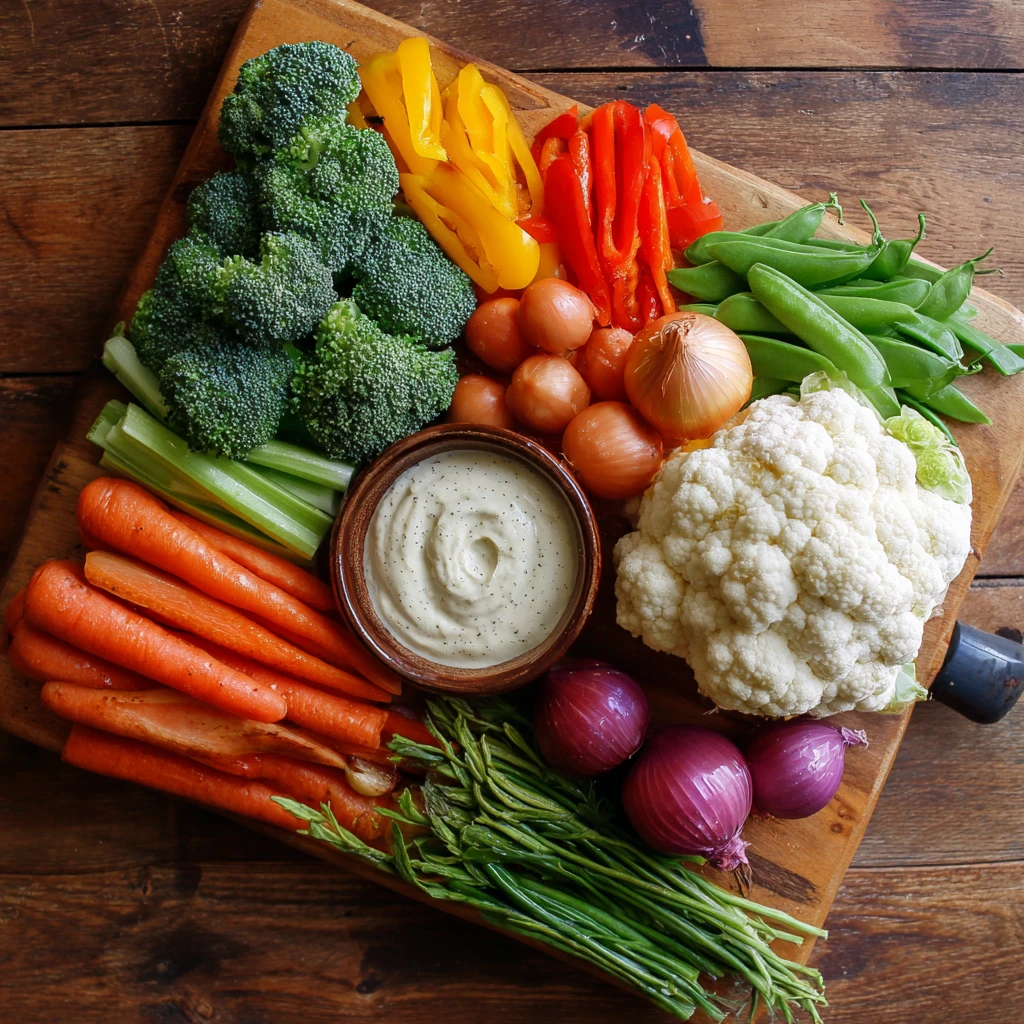
FAQ: Your Vegetable Questions Answered
- How much vegetables should I eat per day? The recommended daily intake of vegetables varies depending on age, gender, and activity level, but generally, adults should aim for at least 2-3 cups per day.
- What are some of the easiest vegetables to incorporate into my diet? Spinach, carrots, zucchini, and bell peppers are all versatile and easy to add to a variety of dishes.
- How can I make vegetables more appealing to picky eaters? Start by offering small portions of different vegetables and letting them choose what they want to try. Get them involved in the cooking process and experiment with different flavors and textures.
- Is it better to eat raw or cooked vegetables? Both raw and cooked vegetables offer nutritional benefits. Cooking can sometimes make certain nutrients more bioavailable, while raw vegetables retain enzymes that can aid in digestion. It's best to include a variety of both in your diet.
- How do I store vegetables to keep them fresh longer? Store leafy greens in a plastic bag with a damp paper towel. Keep root vegetables in a cool, dark place. Store vegetables like broccoli and cauliflower in the refrigerator, unwashed, in a plastic bag.
- What if I don’t like the taste of vegetables? Try different preparation methods. Roasting brings out the sweetness in many vegetables, and adding herbs and spices can improve the flavor. You can also hide vegetables in other dishes.
